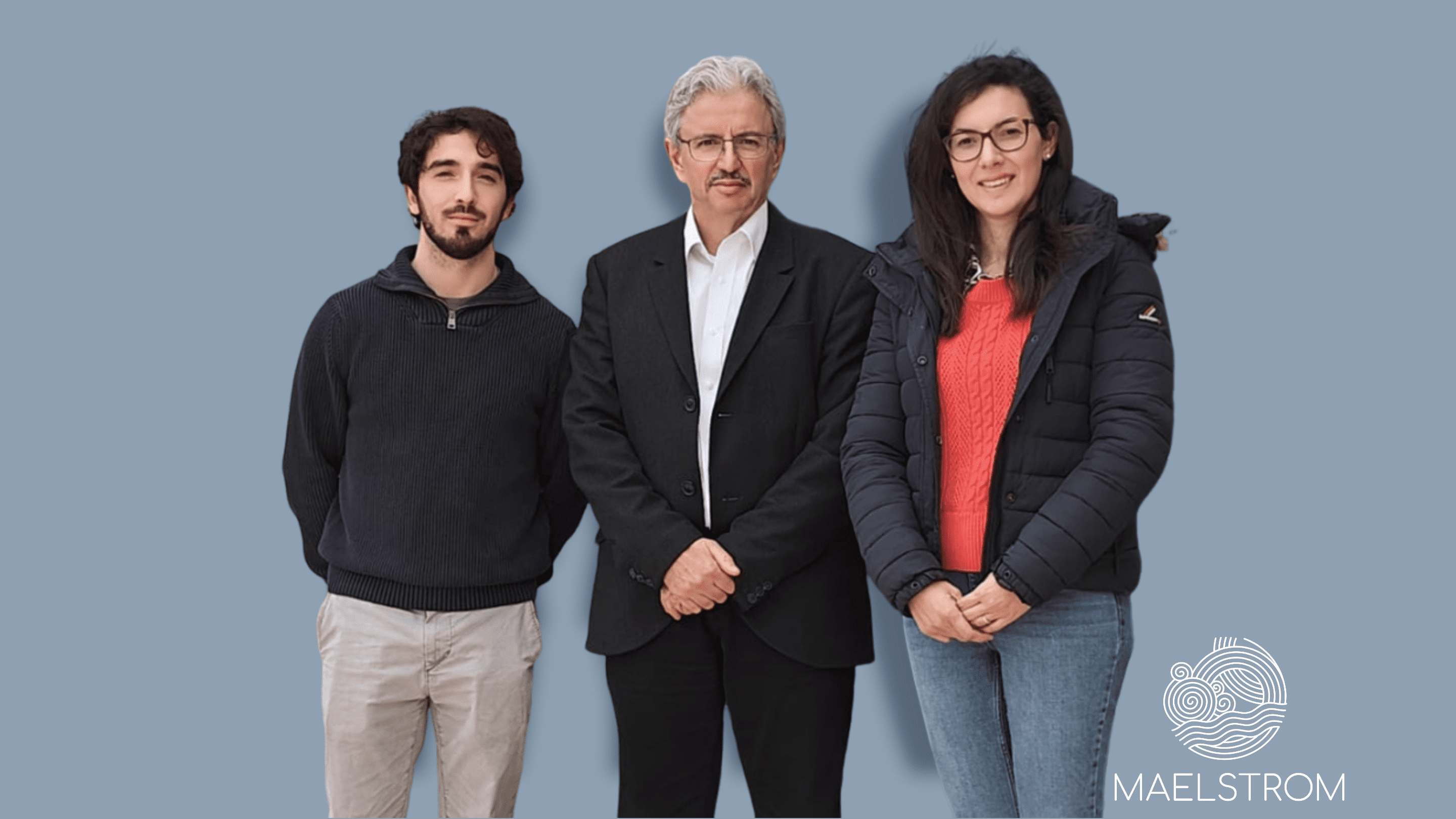MAELSTROM’s Flash interviews #6 | Pioneering sustainable energy solutions: Q&A with the Institute for Sustainable Energy-University of Malta

In the pursuit of safeguarding our planet’s oceans and addressing the pressing issue of marine pollution, MAELSTROM brings together research institutions dedicated to the development of cutting-edge solutions that not only clean our waterways but also harness renewable energy to power these eco-friendly technologies.
One such institution at the forefront of this initiative is our partner, the Institute for Sustainable Energy of the University of Malta. The core mission of their researchers revolves around facilitating the formulation of national energy strategies by conducting extensive research into new and renewable energy sources. They also focus on energy conservation methods and the adaptation of equipment tailored to local conditions.
Join us as we delve deeper into their role within the MAELSTROM project, exploring the fusion of marine environment conservation and sustainable energy solutions.
To introduce yourselves: what are the main activities carried out by the Institute for Sustainable Energy?
At our Institute, we aim to assist in the development of national energy plans through studies in the use of new and renewable energy sources and methods of energy conservation.
We organise and participate in teaching programmes and research projects in the field of energy technology. Our other objectives include disseminating appropriate methods and techniques relevant to our areas of interest and to design equipment adapted to local conditions.
This is carried out mainly by:
- analysis studies on the use of energy
- determination of feasible measures to conserve energy
- applications of renewable sources of energy
- originating and participating in teaching and research projects
- collaborating with other universities, industries, and international bodies
How have they integrated into the MAELSTROM project? What are the key features of the panels designed for the Bubble Barrier?
For the MAELSTROM project, our main goal is to provide enough renewable energy to the compressor of the Bubble Barrier to cover at least 10% of its electricity requirements, while also showcasing the potential of installing floating solar panels together with the cleaning technology. We started by assessing the electricity requirements of the Bubble Barrier to determine the most feasible solution for the installation. After identifying the best locations, we designed a system that would provide the most electricity to the Bubble Barrier, while making sure the installation is safe and does not act as an eyesore to the public.
What were the main elements you had to consider in their design?
The main element we had to consider was ‘How much space is available’. After being provided with a rooftop and an area on a floating dock that could be used to install solar panels, we had to design a system that maximised electricity generation. We had to decide between installing the solar panels in a south-facing direction, which would maximise their efficiency, or installing more panels by using an east-west orientation with a lower efficiency. After calculating the amount of electricity that can be generated in a year by both systems, the decision was made to install a larger 36.3 kWp east-west oriented photovoltaic system on the rooftop of the CMIA building in Vila do Conde and a 4.4 kWp system on the floating dock installed on the Ave river, near the catchment system of the Bubble Barrier.
What will be your main activities within MAELSTROM during this final year of the project?
During the final year of MAELSTROM, our main goal is to assess the environmental impact of the technologies installed in Vila do Conde, together with our partners from The Great Bubble Barrier. We will conduct a Life Cycle Assessment (LCA) for both the Bubble Barrier technology and the solar panels. We will also assess the environmental impact of the Bubble Barrier operating both with and without the solar panels. We will also remain available to the Municipality in Vila do Conde for any assistance they require with the solar panel installations, as well as any maintenance or repairs that need to be done during the year.